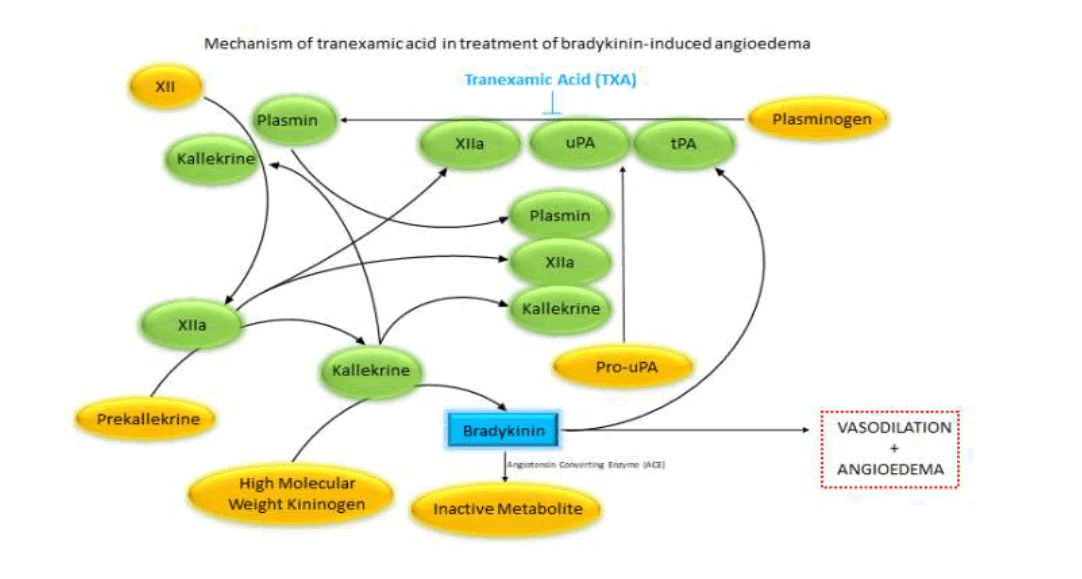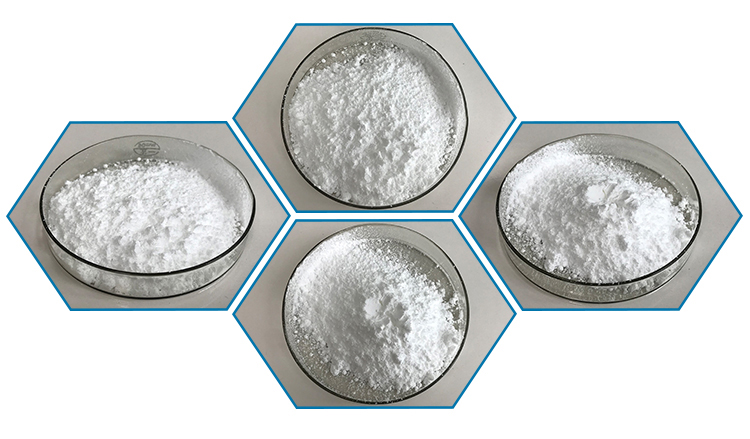Tranexamic acid (TXA) is a synthetic antifibrinolytic agent used to prevent or reduce bleeding by inhibiting fibrinolysis, the process by which blood clots are broken down. It is commonly used in surgeries or conditions that have a high risk of bleeding.
Metabolic Pathways of Tranexamic Acid:
1. Absorption:
- After oral administration, tranexamic acid is rapidly absorbed in the gastrointestinal tract. It has high bioavailability, ranging from 35% to 50%. Peak plasma concentrations are usually reached within 3 hours of ingestion.
2. Distribution:
- Once in the bloodstream, tranexamic acid is widely distributed to various tissues, including the liver, kidneys, and other body fluids like synovial and pleural fluids. However, it does not cross the blood-brain barrier effectively.

3. Metabolism:
- Tranexamic acid undergoes minimal metabolism in the liver. Less than 10% of the drug is metabolized into its metabolites, which are generally considered inactive. The drug itself remains largely unchanged in circulation. The minor metabolic pathways involve conjugation with sulfate or glucuronic acid, but these metabolites are not considered pharmacologically active.
4. Excretion:
- The majority of tranexamic acid is excreted unchanged in the urine. Its elimination half-life is approximately 3 hours, but it can be prolonged in patients with impaired renal function. This is why dose adjustments may be necessary in individuals with renal impairment to avoid drug accumulation and potential toxicity.
5. Action Mechanism:
- Tranexamic acid works by inhibiting plasminogen activation to plasmin, a protein responsible for breaking down fibrin in blood clots. By inhibiting this process, Tranexamic acid helps stabilize clots and prevents excessive bleeding.

Summary:
Tranexamic acid is minimally metabolized in the liver, primarily excreted unchanged via the kidneys, and its pharmacological action is due to the inhibition of plasminogen activation. It has a relatively simple metabolic profile, with most of the drug staying in its active form and being excreted through the urine.
Would you like more detail on any specific aspect of its metabolism?
